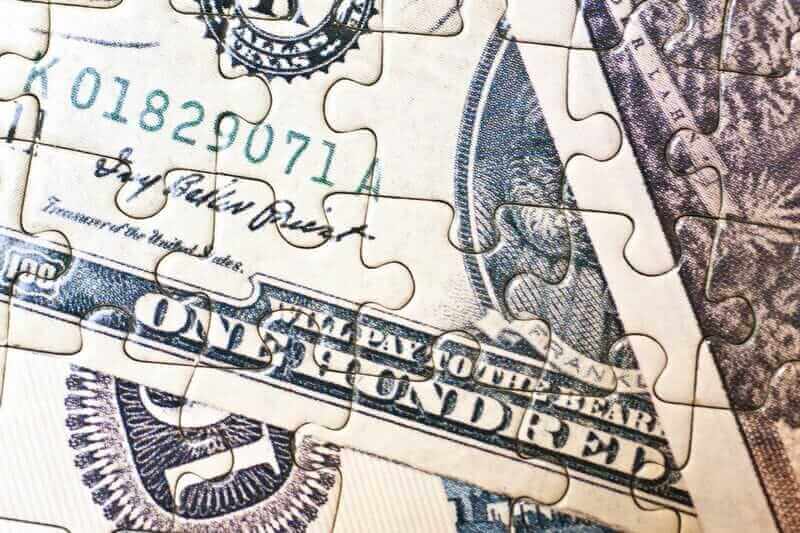
The dollar index (DXY00) on Friday rose by +0.45% and posted a 3-week high. The dollar moved higher Friday after stronger-than-expected U.S. economic reports on Nov payrolls and Dec consumer sentiment dampened speculation the Fed would begin cutting rates as soon as Q1. The dollar fell back from its best levels Friday after stocks recovered early losses and moved higher, curbing liquidity demand for the dollar.
Friday’s U.S. economic news was hawkish for Fed policy and bullish for the dollar. Nov nonfarm payrolls rose +199,000, stronger than expectations of +185,000. Also, the Nov unemployment rate fell -0.2 to a 4-month low of 3.7%, showing a stronger labor market than expectations of no change at 3.9%. In addition, the University of Michigan U.S. Dec consumer sentiment index rose +8.1 to a 4-month high of 69.4, stronger than expectations of 62.0.
The markets are discounting a 1% chance for a +25 bp rate hike at the next FOMC meeting on Dec 12-13 FOMC and a 0% chance for that +25 bp rate hike at the following FOMC meeting on Jan 30-31, 2024. The markets are then discounting a 471% chance for a -25 bp rate cut at the March 19-20, 2024, FOMC meeting and are more than fully discounting (109%) that -25 bp rate cut at the Apr 30-May 1, 2024, FOMC meeting.
EUR/USD (^EURUSD) on Friday fell by -0.28% and posted a 3-1/2 week low. Friday’s better-than-expected U.S. Nov payrolls report boosted the dollar and undercut the euro. Losses in EUR/USD were limited as swap markets priced lower the chances of the ECB cutting interest rates early next year.
Swaps tied to ECB meeting dates have now priced in a 64% chance that the ECB will reduce its benchmark rate by -25 bp at the March 7 meeting, falling back from an earlier chance of 75%.
USD/JPY (^USDJPY) on Friday rose by +0.58%. The yen on Friday moved lower and fell back moderately from Thursday’s 4-month high against the dollar. The yen retreated as the dollar jumped on Friday’s stronger-than-expected U.S. Nov payroll report. Also, higher T-note yields Friday weighed on the yen. Losses in the yen were limited on carryover from Thursday after comments from BOJ Governor Ueda to the Japanese parliament bolstered speculation the BOJ would soon exit its negative interest rate policy.
Friday’s Japanese economic news was mixed for the yen. On the bearish side, Japan's Q3 GDP was unexpectedly revised lower to -2.9% (y/y annualized) from -2.1%, weaker than expectations of -2.0% and the steepest pace of contraction since the pandemic. Conversely, Oct labor cash earnings rose +1.5% y/y, stronger than expectations of +1.0% y/y. Also, the Nov eco watches survey outlook unexpectedly rose +1.0 to 49.3, stronger than expectations of a decline to 48.1.
February gold (GCG4) Friday closed down -31.90 (-1.56%), and Mar silver (SIH24) closed down -0.783 (-3.25%). Gold and silver prices Friday sold off sharply, with gold falling to a 2-week low and silver falling to a 3-week low. Friday’s rally in the dollar index to a 3-week high was bearish for metals. Also, higher global bond yields Friday weighed on precious metals. In addition, metals fell after Friday’s stronger-than-expected U.S. Nov payroll report dampened expectations for the Fed to ease monetary policy. Finally, an easing of inflation expectations curbs demand for gold as an inflation hedge and is bearish for prices after the University of Michigan’s U.S. Dec inflation expectations fell more than expected.
On the date of publication, Rich Asplund did not have (either directly or indirectly) positions in any of the securities mentioned in this article. All information and data in this article is solely for informational purposes. For more information please view the Barchart Disclosure Policy here.






